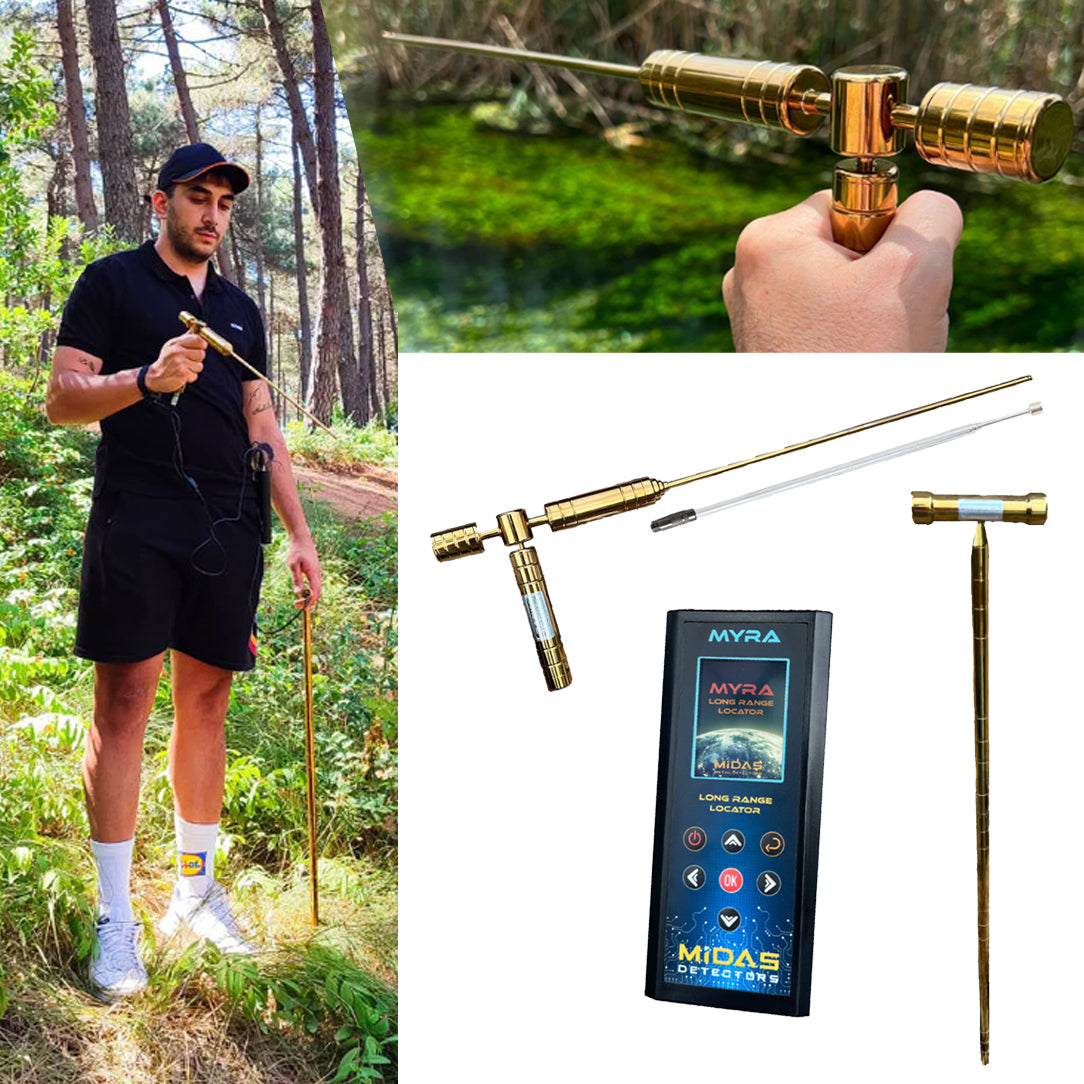


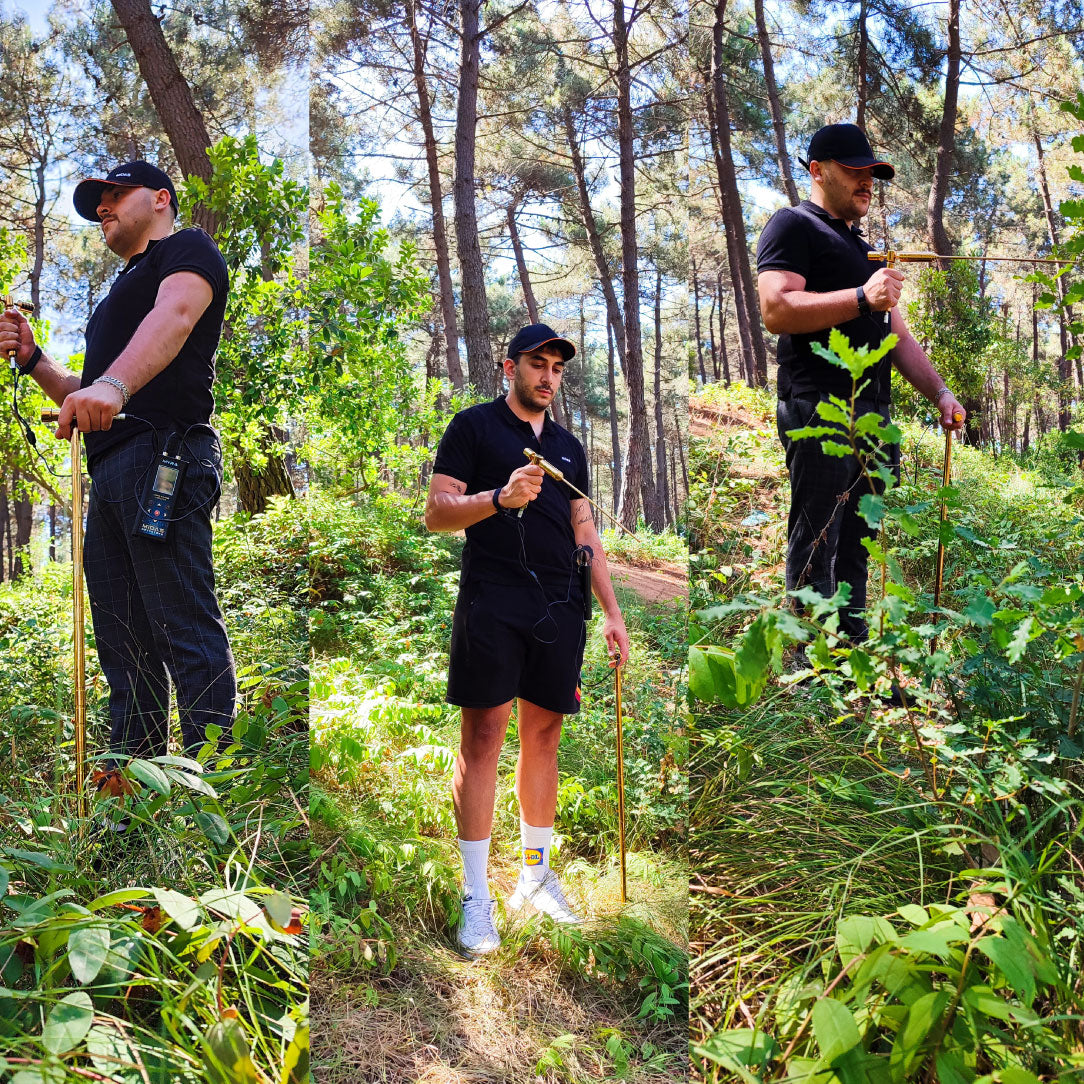
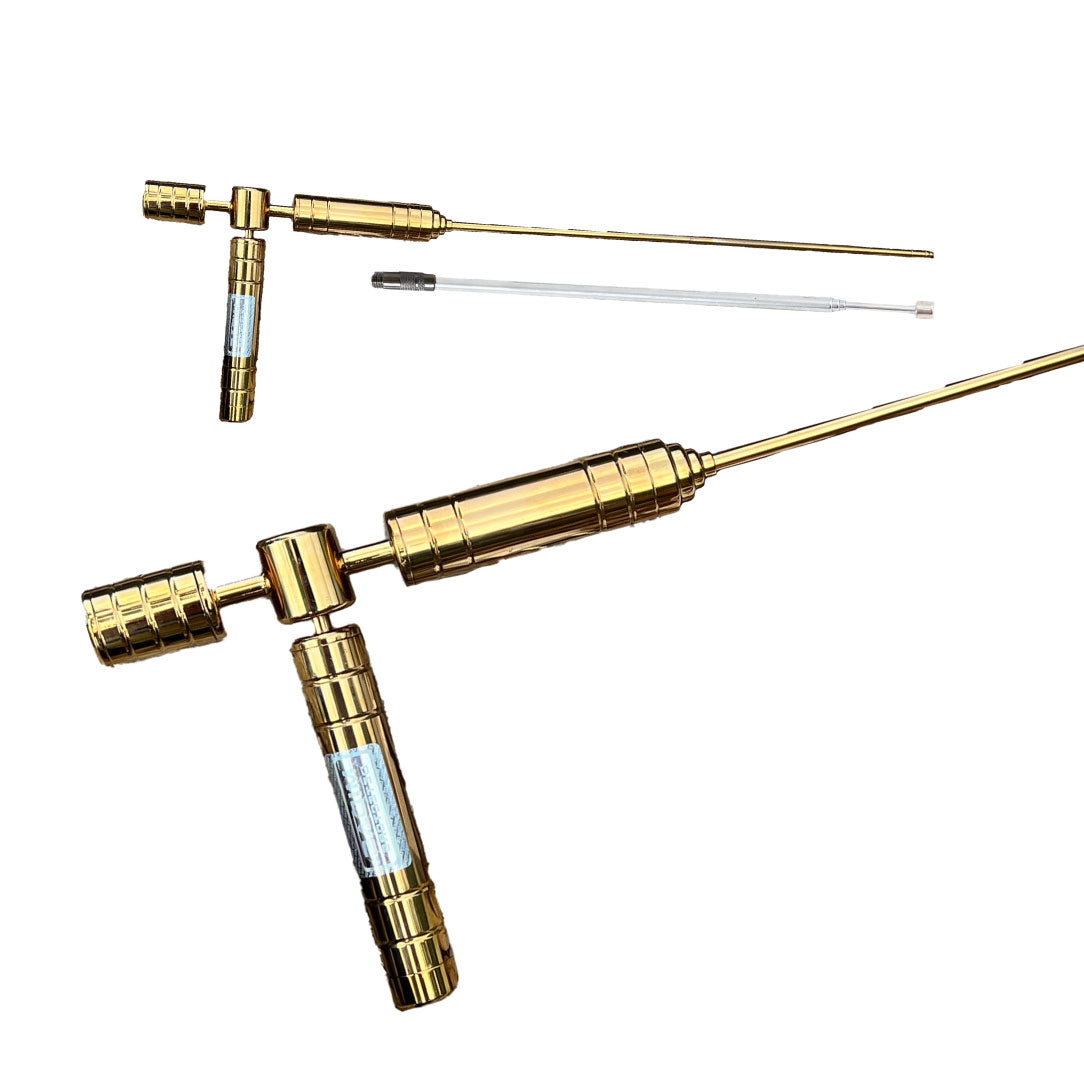
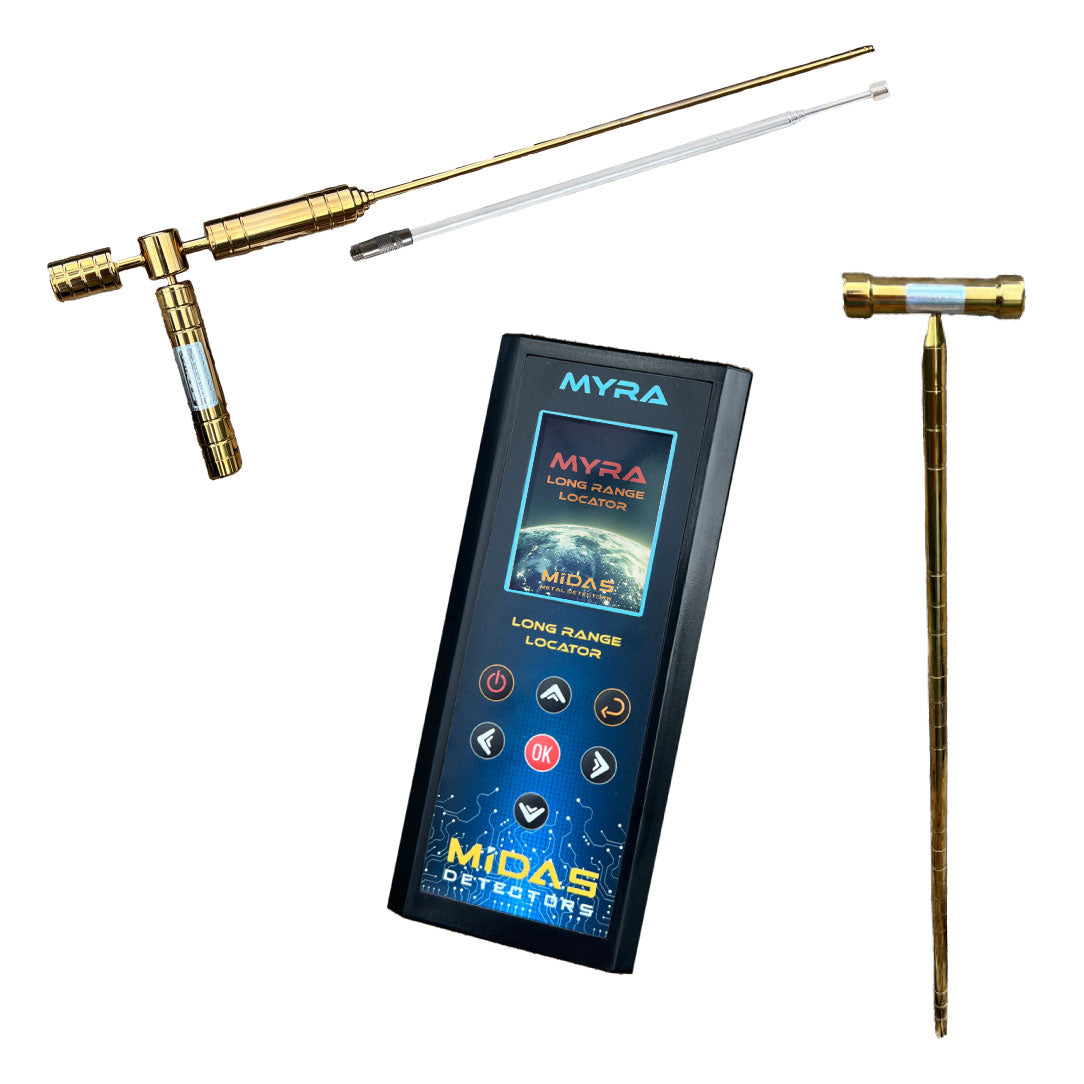
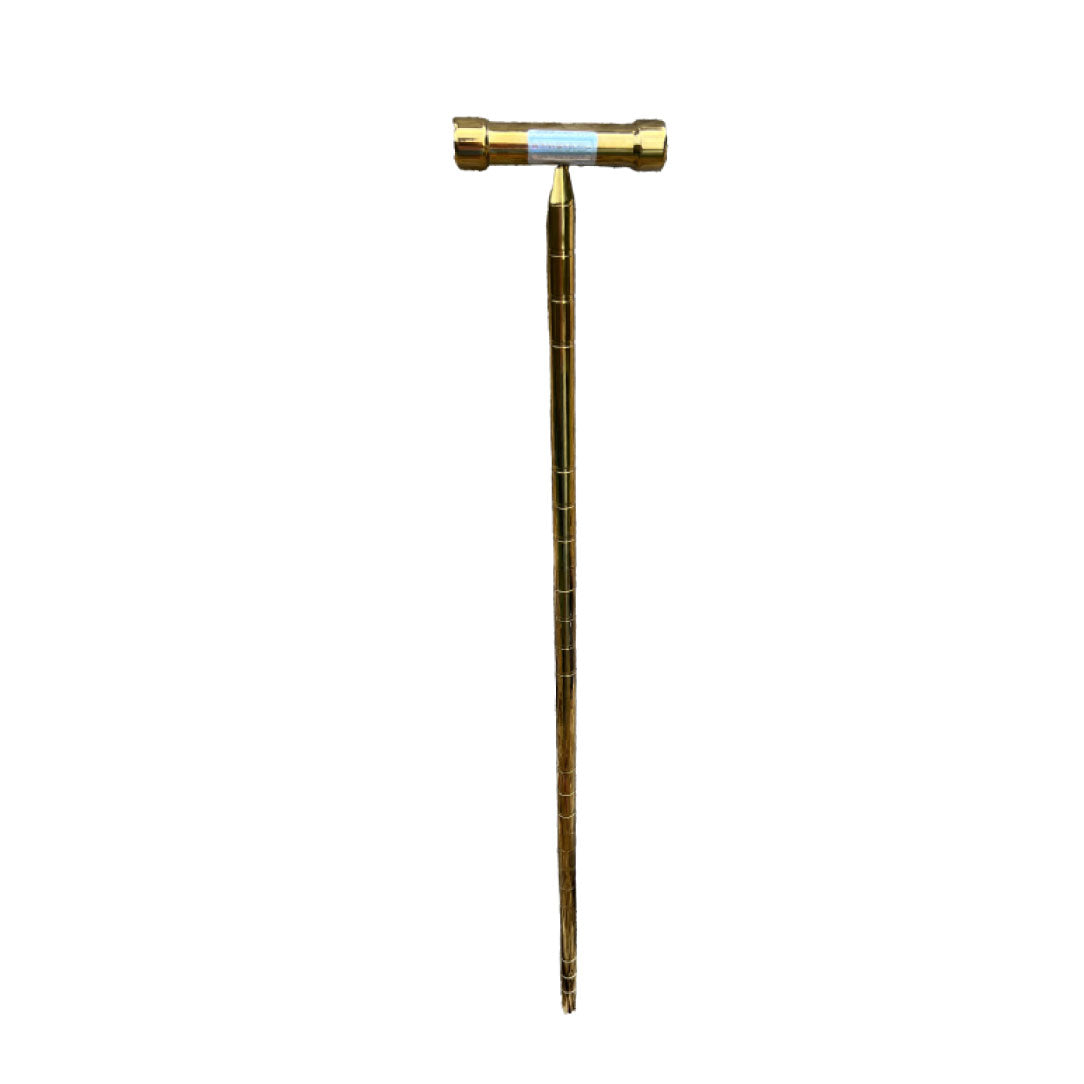
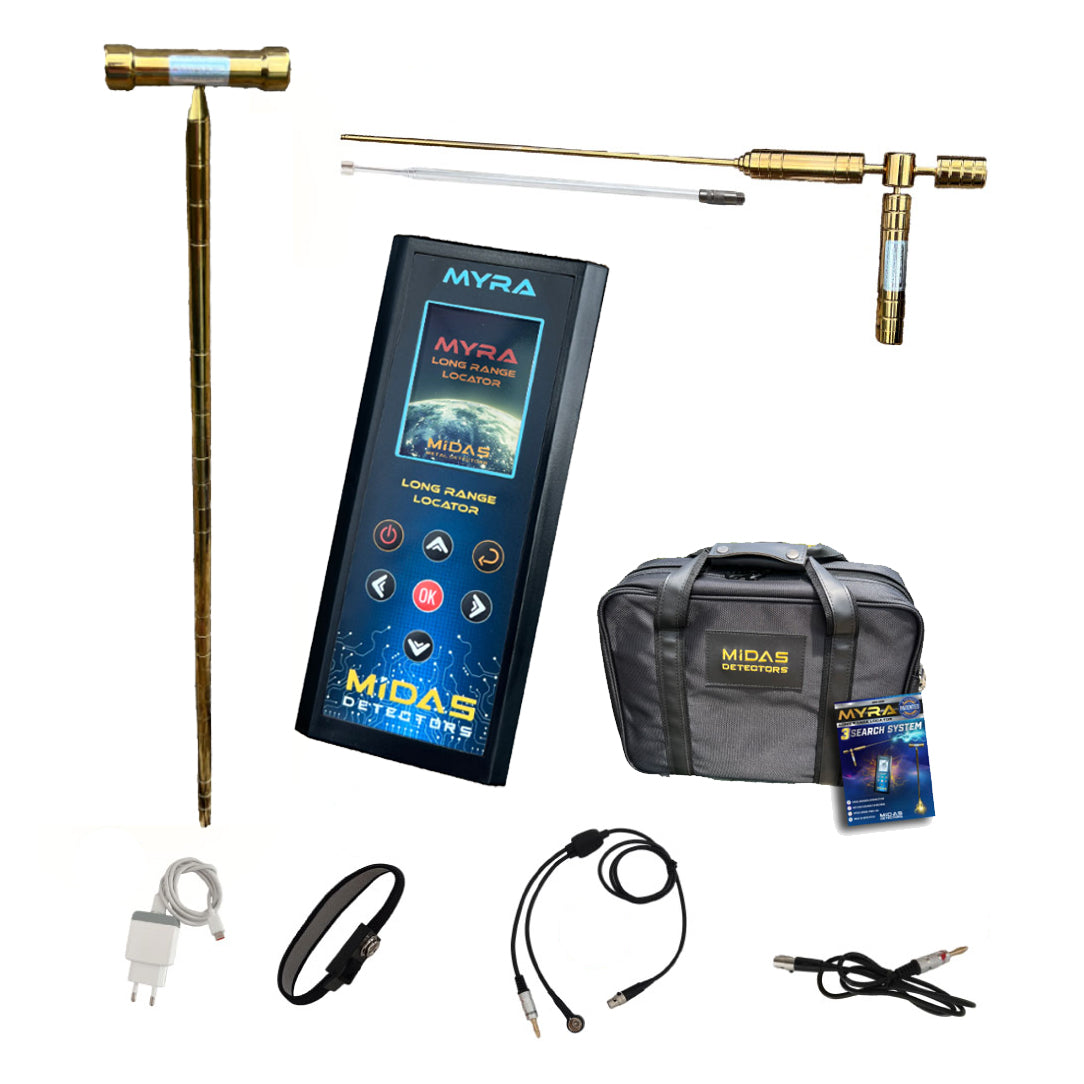

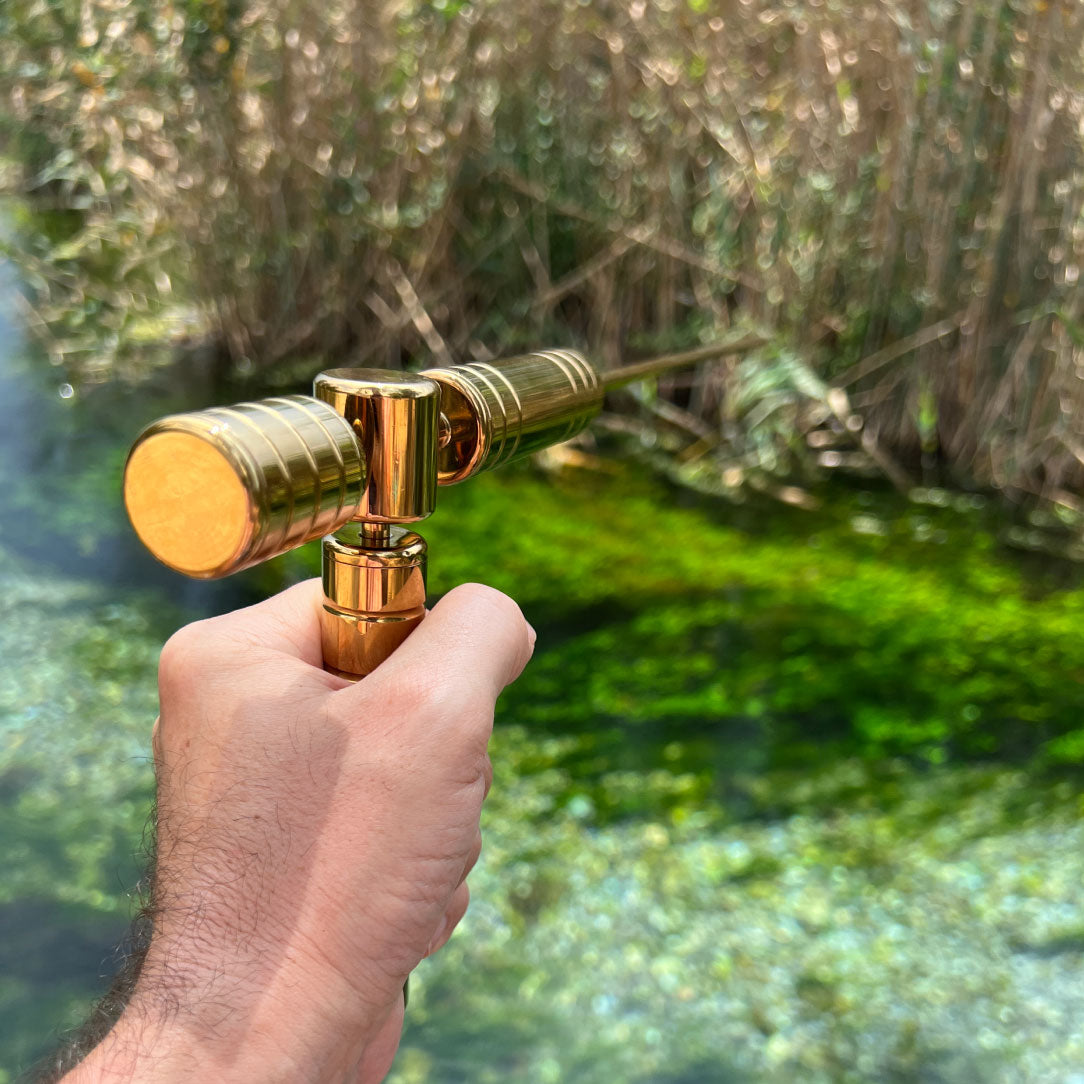

Midas Detectors Q&A
What is the Midas Myra Long Range Detector used for?
The Midas Myra is designed for detecting deeply buried treasures, including gold, silver, and other precious metals. It’s ideal for locating large targets over long distances, such as treasure chests, ancient artifacts, and underground caches.
What makes the Myra different from traditional metal detectors?
Traditional VLF or PI detectors are better for pinpointing shallow, small targets. The Myra is specialized for scanning wide areas to locate large, deep objects — it's a directional locator rather than a standard sweeper.
Is the Midas Myra good for beginners?
The Myra can be used by beginners with basic training, but it’s best suited for intermediate to advanced users who understand long-range detection and how to analyze terrain and ground conditions effectively.
Can the Myra detect small objects like coins or jewelry?
No, the Myra is not suitable for detecting small or surface-level items like single coins or rings. It is built to detect larger metal masses buried deep underground and works best in open outdoor environments.
How deep can the Midas Myra detect?
Detection depth depends on various factors such as the size of the buried object, soil type, and ground conditions. In ideal conditions, it can detect large objects up to several meters deep.
How does the Myra Long Range Detector work?
The Myra uses long-range frequency detection technology to identify the presence of metal targets. You select the type of metal you're searching for, and the device scans for matching frequency signatures over a large area.
Does the Myra require calibration or tuning?
Yes, the device must be properly tuned before use. You can select the metal type and adjust settings to enhance accuracy based on the search area and target depth.
Can I use the Myra indoors or near buildings?
It is not recommended. Long-range detectors work best in open spaces free of interference from concrete, rebar, or electrical lines. For best results, use it in natural, outdoor environments.
Is the Myra waterproof?
The Myra is not fully waterproof. While the device can handle light moisture or dust, it should not be submerged in water. Avoid using it in heavy rain or wet conditions.
Do I need additional equipment to use the Myra effectively?
While the Myra can work alone, combining it with a ground scanner or a pinpointer metal detector will help confirm and precisely locate targets after long-range detection.
Why Myra Long Range Detectors typically don’t detect small items like a single coin or jewelry right out of your pocket?
Great question — and it’s something many new users oflong-range metal detectors(like the Midas Detectors Myra) often wonder about. Here's why these devices typicallydon’t detect small items like a single coin or jewelry right out of your pocket:
1. Long-Range Detectors Are Designed for Large & Deep Targets
Long-range detectors like the Myra are not meant for surface or shallow items. They're engineered to:
- Locate larger metal masses like gold caches, buried chests, or large relics.
- Operates at depths often beyond 3-10 meters, where VLF or PI detectors would struggle.
So if you’re holding a single coin or a ring, it’s usually:
- Too small in mass.
- Too close (not buried deep enough).
- And outside the frequency tuning range of the device.
2. Frequency Tuning Matters
Long-range devices like Myra use frequency-specific targeting. You often select the type of metal you're looking for (gold, silver, bronze, etc.), and the antenna system will be tuned accordingly.
- If you’re not selecting the exact type of metal, it won’t respond.
- Also, the signal is designed to detect reflected waves from underground, not from nearby surfaces.
3. Environmental & Ground Conditions Matter
They work best when:
- The target is buried and has been in the ground for a long time (giving off a stronger signal due to oxidation/mineral halo).
- There’s minimal interference (no buildings, rebar, electric lines, etc.).
- You're scanning over open land, not inside a room or near cluttered areas.
4. Misconceptions from Marketing
Many long-range detector ads show dramatic results. But in real-world use:
- These tools are part of a broader toolkit (ground scanners, pinpointers, etc.).
- They're best used to narrow down a large search area, then switch to traditional metal detectors for pinpointing.
Long-range detectors like Midas Myra:
- Are not meant to detect small surface metals like coins or rings in your pocket.
- Are designed for larger, deeper, and buried items.
- Need proper frequency tuning, environmental conditions, and realistic expectations.
If your main goal is to find coins, rings, or small treasures, a VLF or PI metal detector is much more effective.

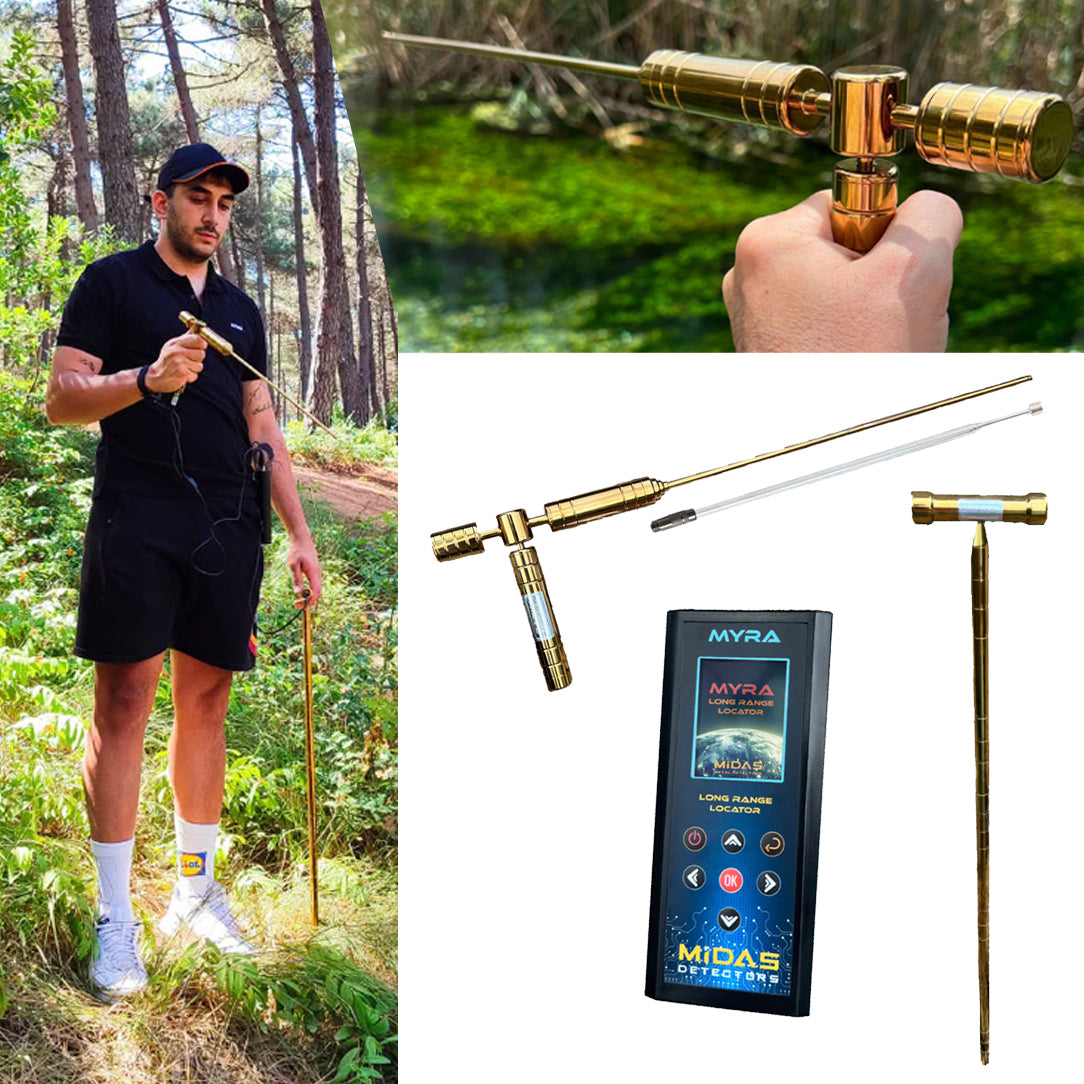
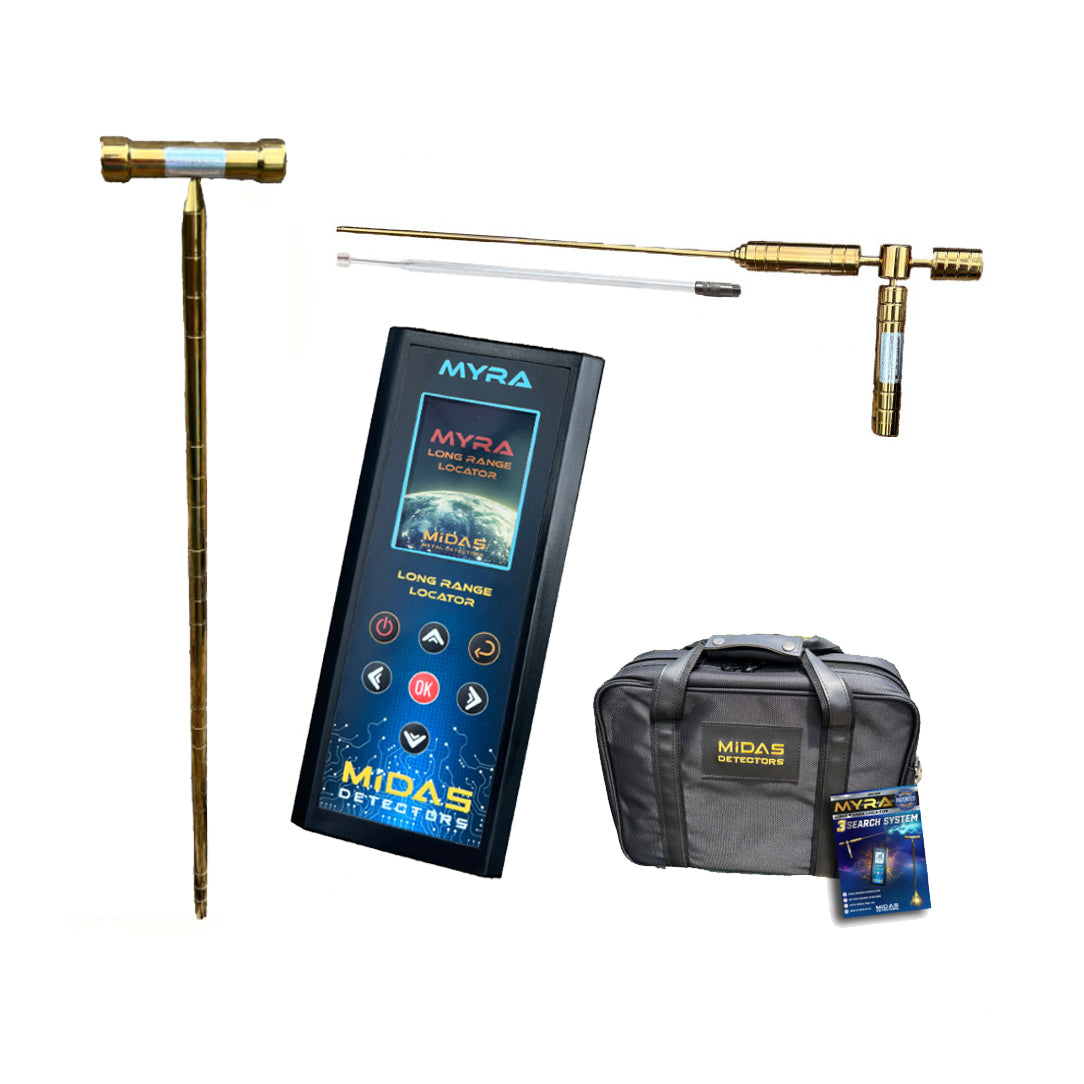
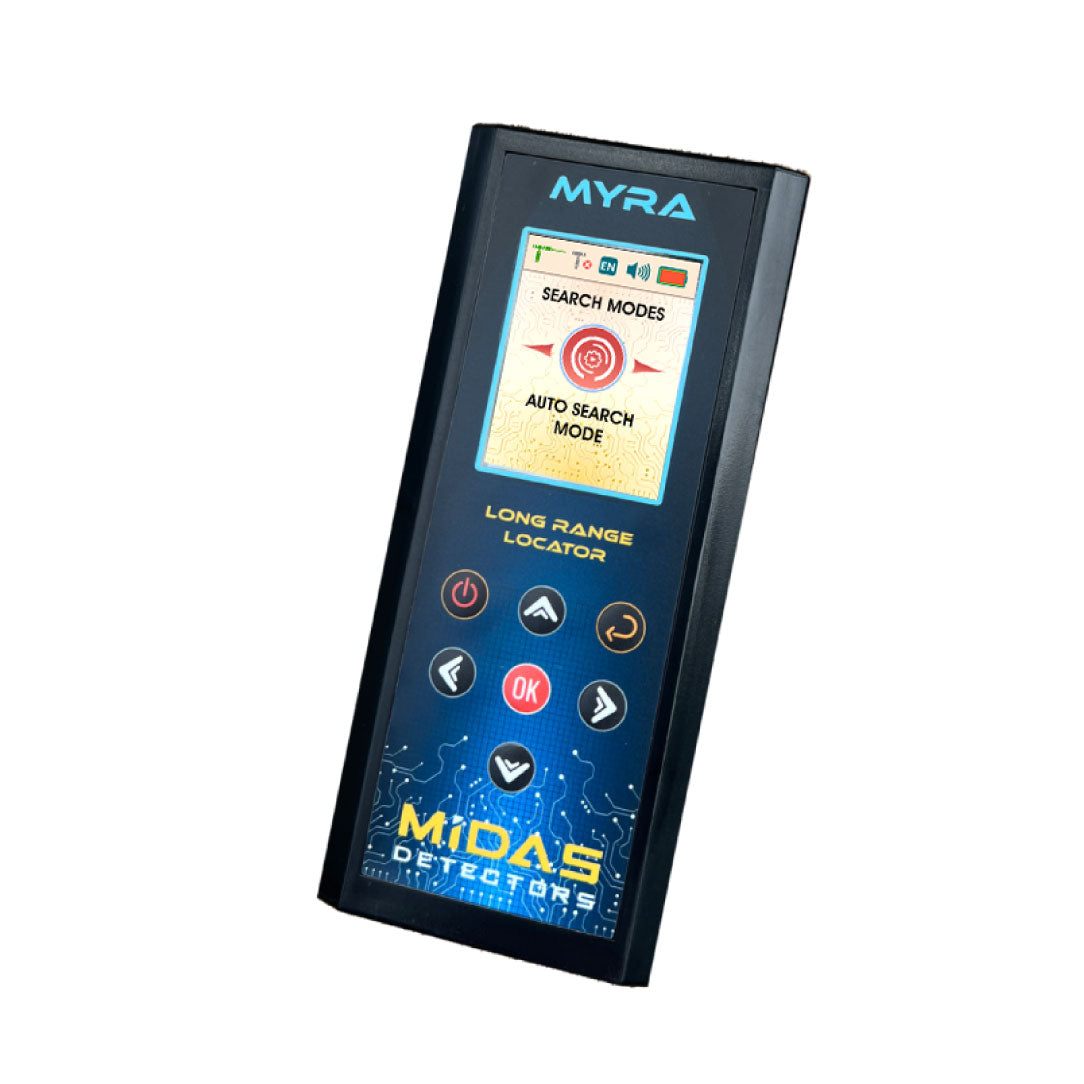


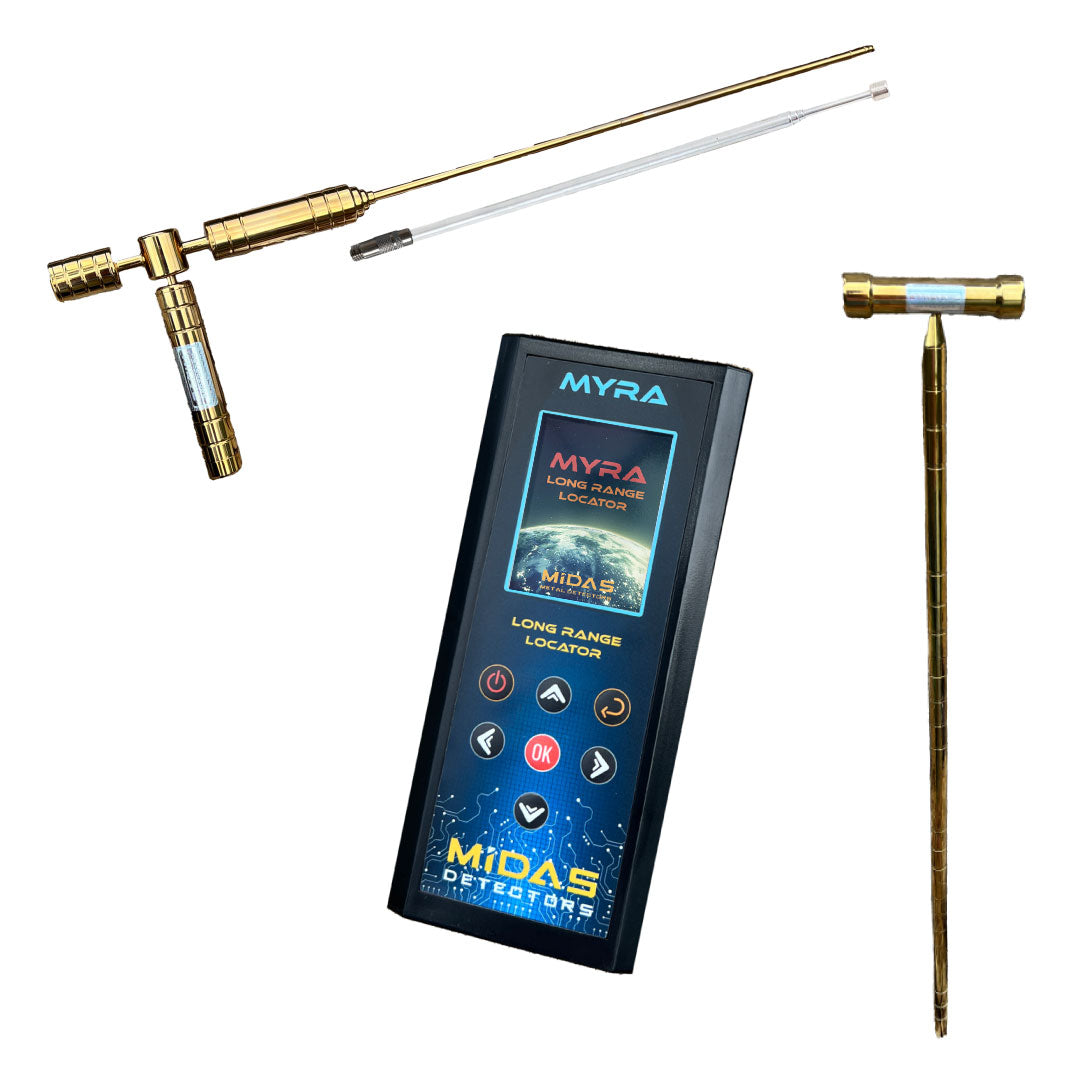
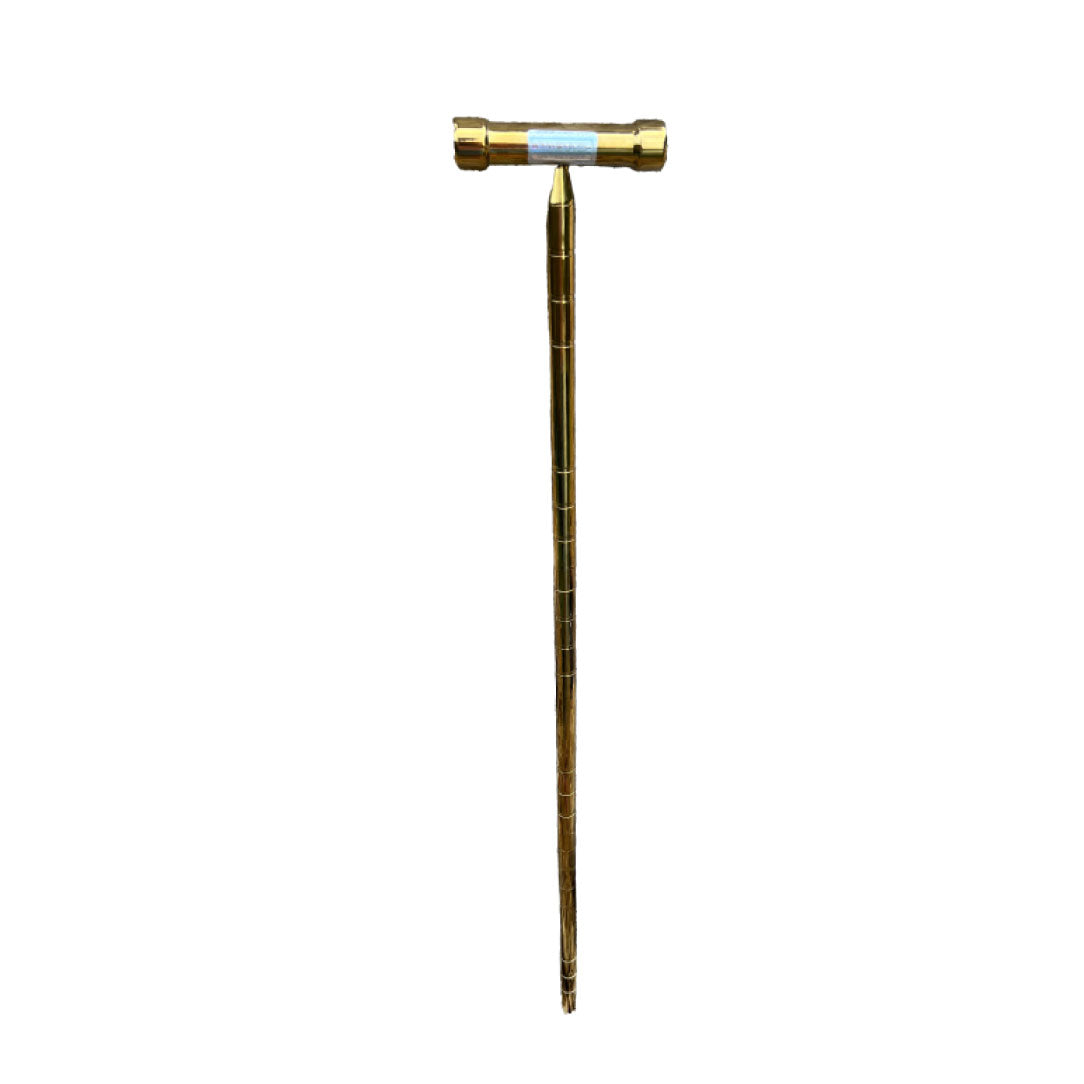
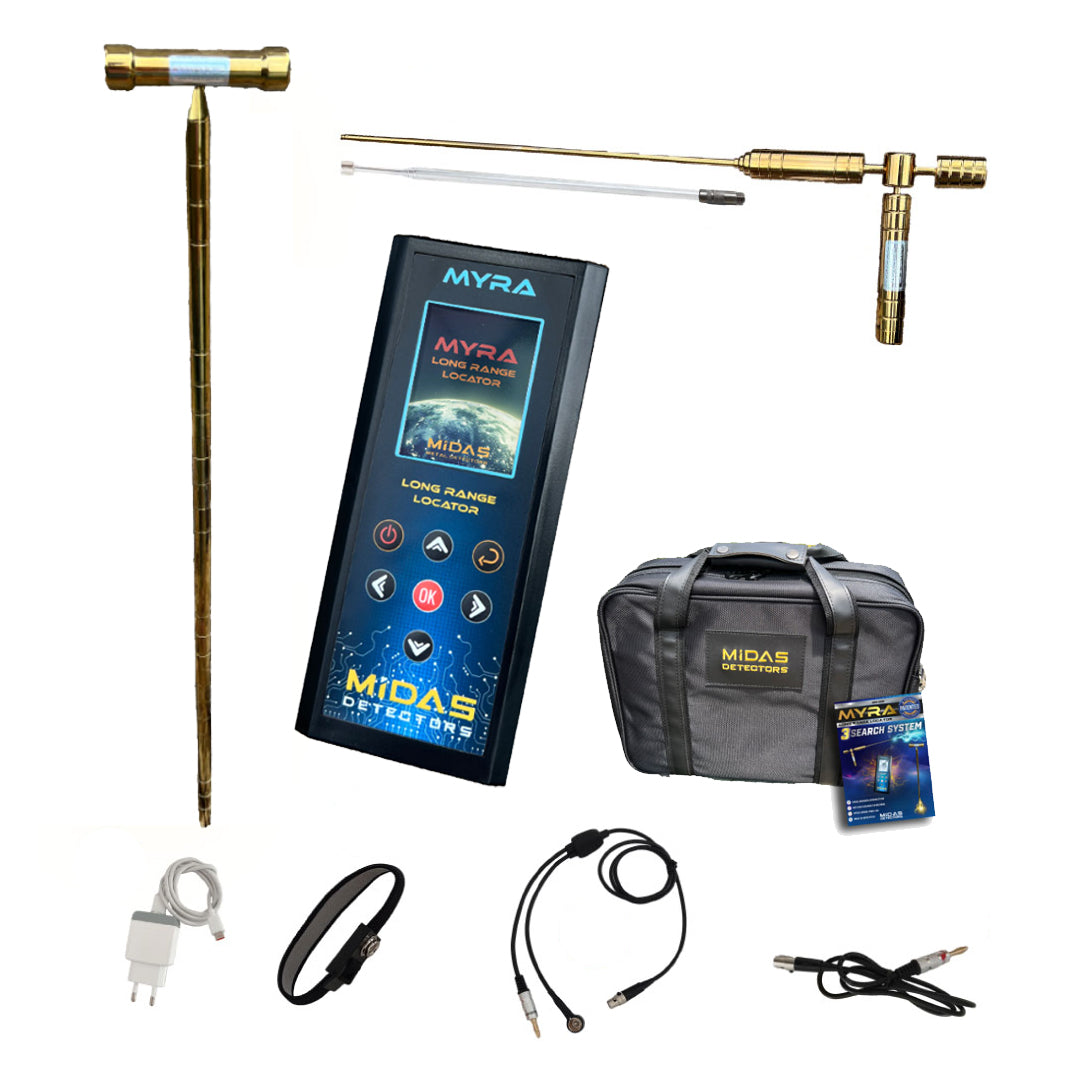
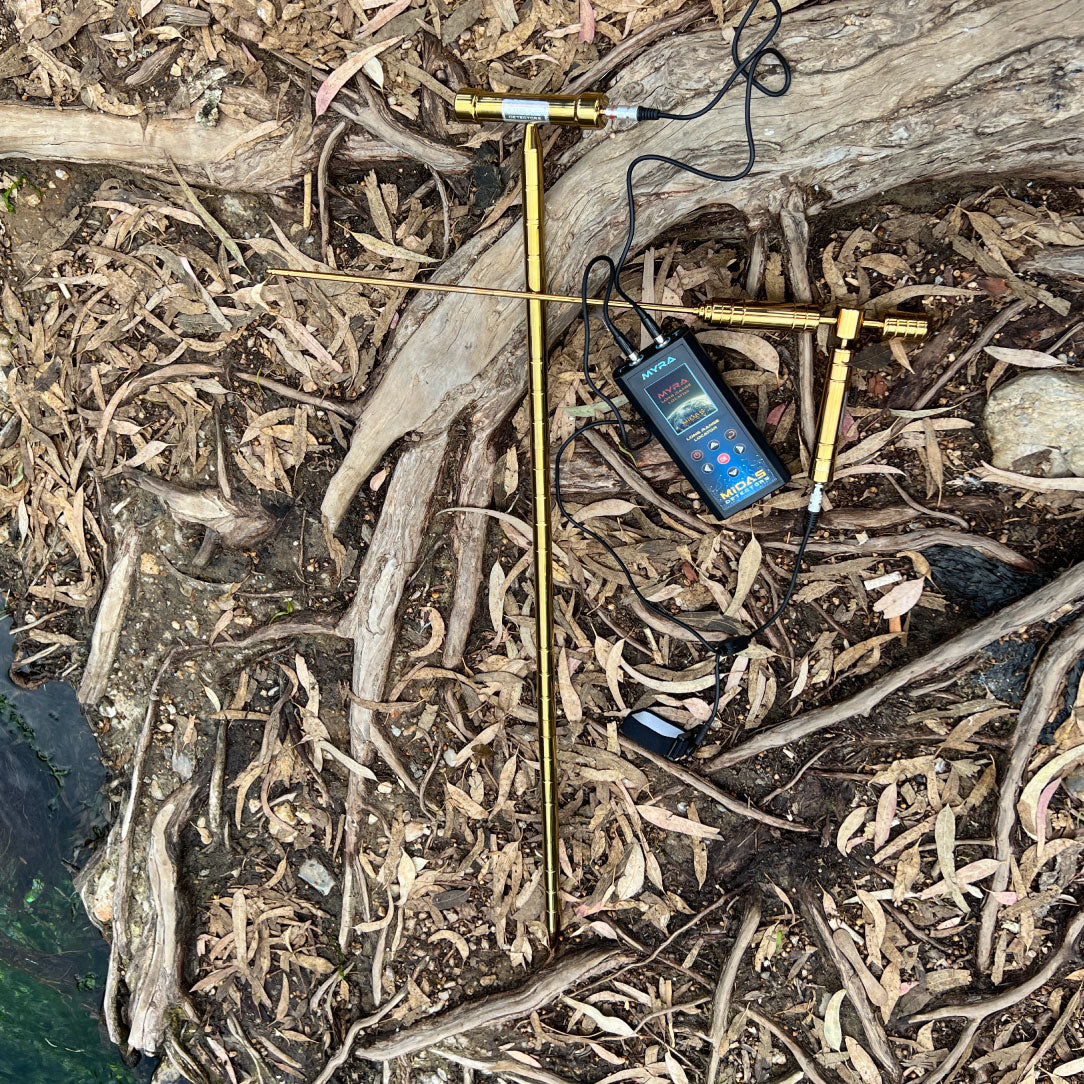
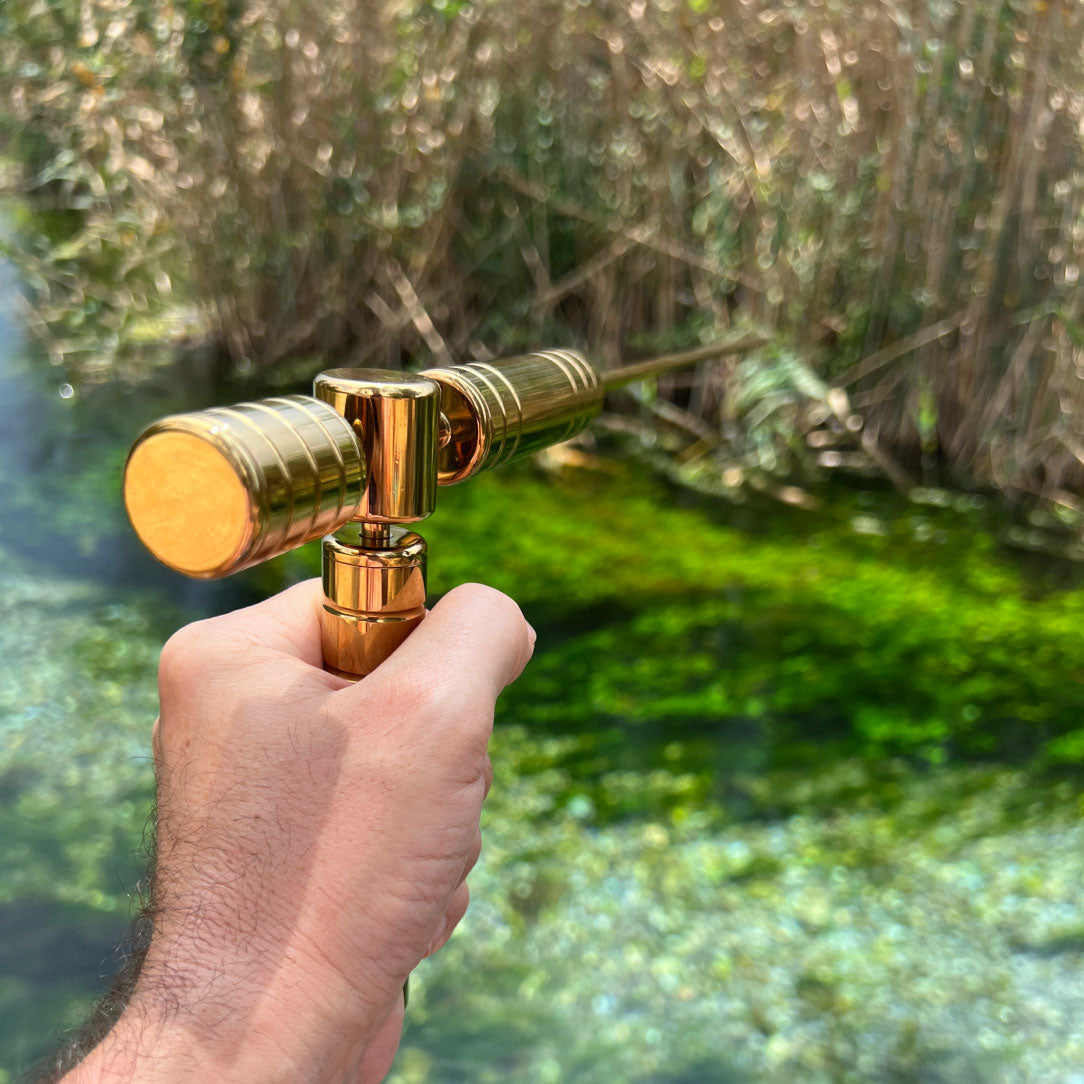
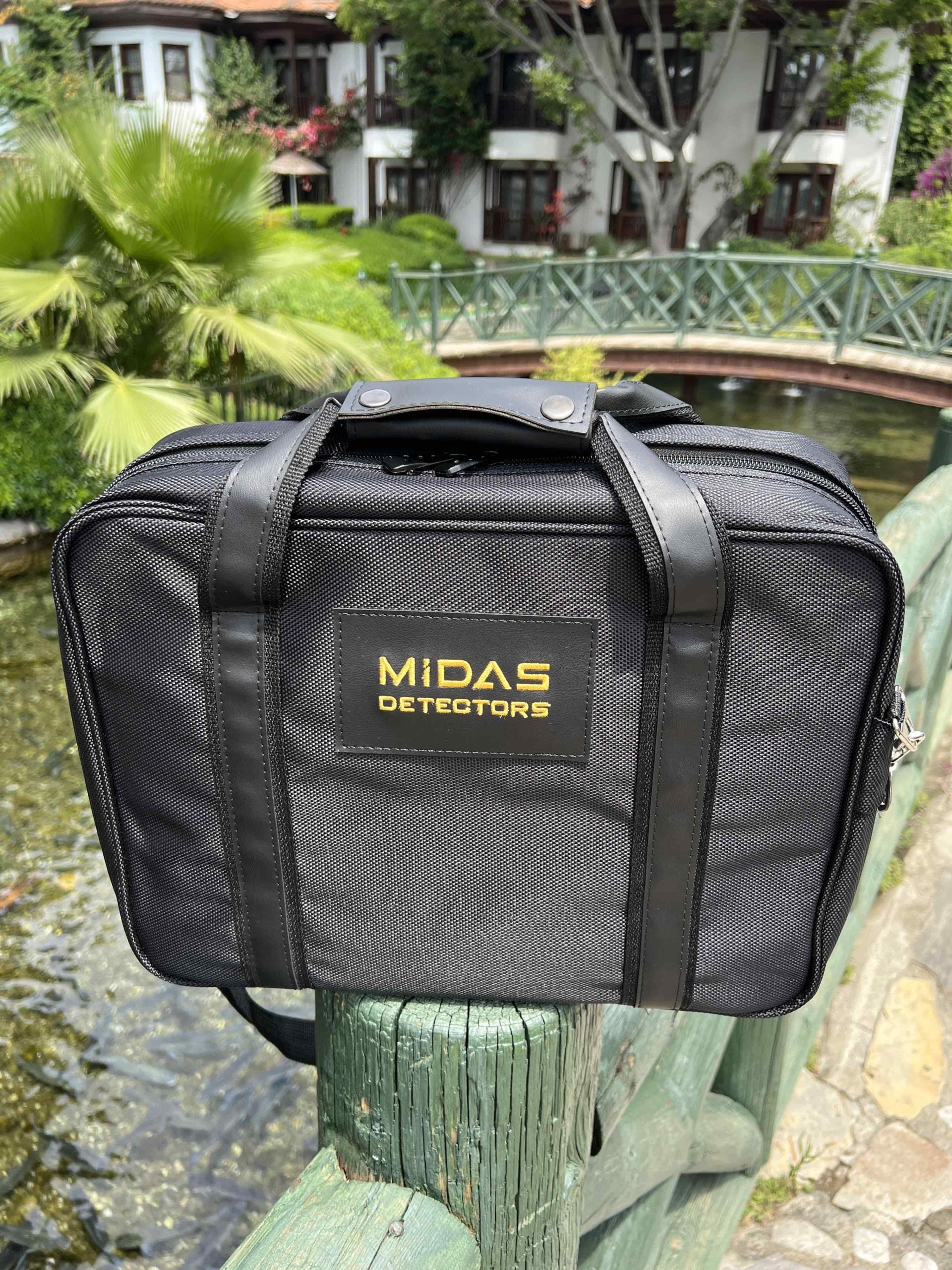

 PRODUCT DESCRIPTION
PRODUCT DESCRIPTION










